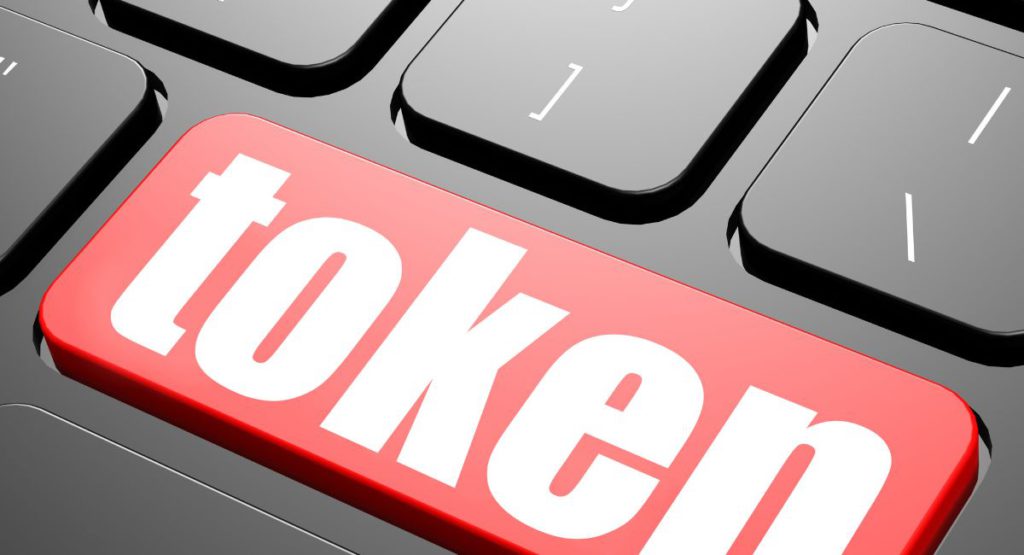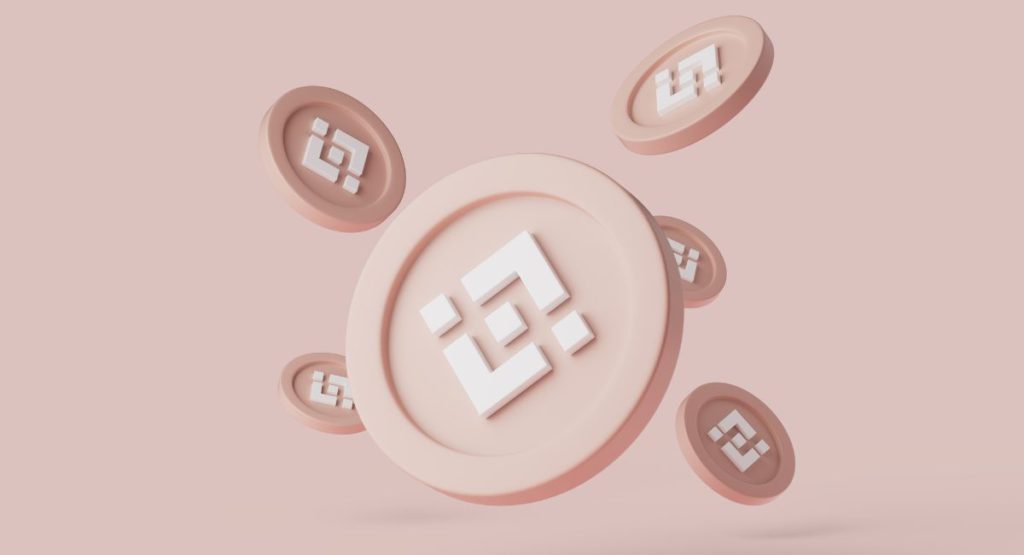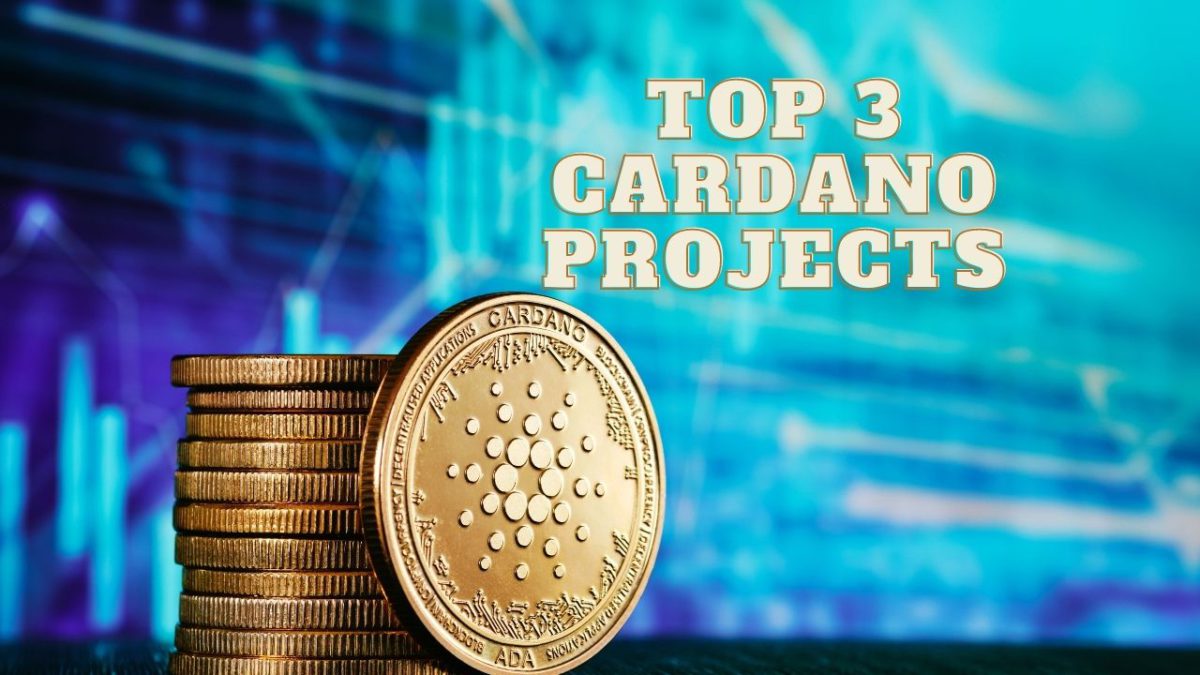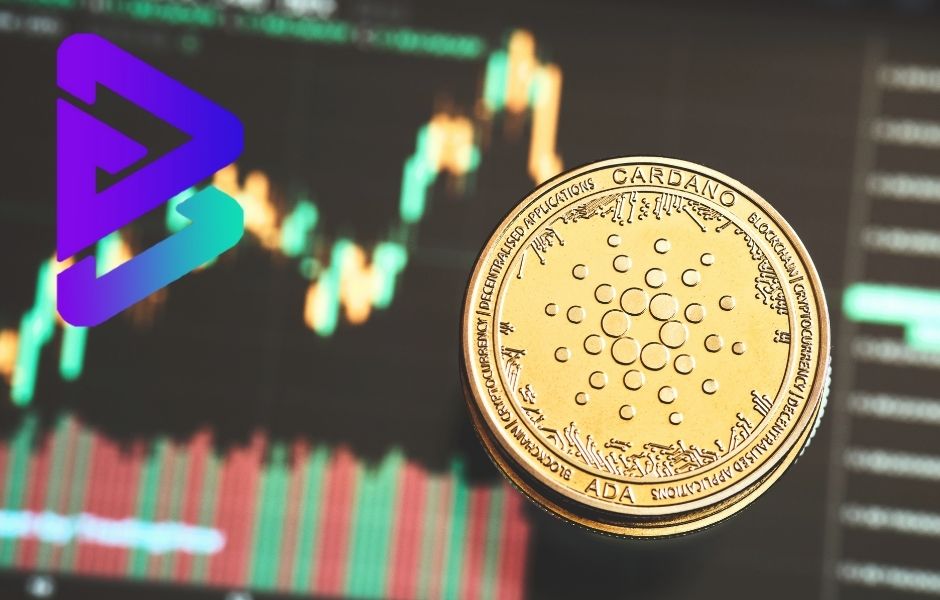Top 10 Amazing Case Studies Of Successful DeFi Projects And Their Token Emission Approaches
Decentralized Finance, or DeFi, has taken the blockchain world by storm, redefining the traditional financial landscape. At the core of many DeFi projects is the emission of tokens, often governed by complex mechanisms. In this article, we will delve into the top 10 successful DeFi projects, exploring their token emission approaches and the impact they have had on the industry.
Types of DeFi Tokens

DeFi token emission refers to the process of creating and distributing tokens within decentralized finance (DeFi) platforms. These tokens are often used for various purposes, such as governance, rewards, collateral, and liquidity provision. The emission of tokens plays a crucial role in incentivizing participation, ensuring the network’s security, and aligning stakeholders’ interests in the DeFi ecosystem. Here’s a comprehensive look at DeFi token emission:
- Governance Tokens: Governance tokens grant holders the right to participate in the decision-making processes of a DeFi platform. Token holders can propose and vote on changes to the protocol, including upgrades, parameter adjustments, or the addition of new features.
- Rewards Tokens: These tokens are used to incentivize users to participate in various activities on the DeFi platform. Common examples include yield farming, liquidity provision, and staking. Users receive rewards in the form of these tokens for their contributions.
- Collateral Tokens: In some DeFi platforms, users are required to lock up or collateralize tokens to mint or create synthetic assets, stablecoins, or leverage positions. Collateral tokens ensure the security and stability of the platform.
- Liquidity Tokens: Liquidity tokens are issued to users who provide liquidity to decentralized exchanges and automated market makers. These tokens represent users’ ownership of the liquidity pool and their share of fees generated.
- Utility Tokens: These tokens have various use cases within a DeFi platform, such as payment for transaction fees, access to premium features, or participation in specific services.
Also, read – The Importance Of Token Emission For Investing In DeFi Projects
Token Emission Mechanisms

- Liquidity Mining: Liquidity mining, also known as yield farming, is a popular mechanism for token emission. Users provide liquidity to decentralized exchanges or lending platforms and receive newly created tokens as rewards. This approach incentivizes users to supply assets to the platform.
- Staking: Staking involves locking up tokens in a smart contract to support the network’s operations. In return, stakers receive rewards in the form of additional tokens. Staking encourages users to secure and participate in the network.
- Airdrops: Airdrops are the free distribution of tokens to specific users. These tokens can be distributed to early users, existing token holders, or participants who meet certain criteria. Airdrops can help with network adoption and community building.
- Debt Auctions: Some DeFi platforms use debt auctions to issue new tokens. In these auctions, newly minted tokens are sold to cover system debt, ensuring the platform’s stability and sustainability.
- Proof of Work (PoW) and Proof of Stake (PoS): In PoW and PoS-based DeFi projects, tokens are often emitted as block rewards to miners or validators who secure the network. PoW and PoS are consensus mechanisms used in blockchain networks like Bitcoin and Ethereum.
Factors Influencing Token Emission

Several factors influence the token emission model within a DeFi project:
- Project Goals: The project’s objectives and use cases for the token are a significant factor. Tokens can be designed for governance, rewards, collateral, or utility purposes.
- Community Engagement: DeFi platforms often prioritize community engagement. Incentivizing users to participate in governance or liquidity provision through token rewards helps build a strong community.
- Security and Stability: Some projects employ mechanisms like debt auctions and staking to maintain the platform’s security and stability. These mechanisms ensure the system remains solvent and functions as intended.
- Fair Distribution: Ensuring a fair distribution of tokens is essential. Airdrops or liquidity mining are often used to distribute tokens widely and avoid centralization.
- Economic Model: The economic model of the platform, including inflation rates, emission schedules, and scarcity, influences the token’s value and attractiveness to users and investors.
- Platform Upgrades: Token emission mechanisms may change over time as a platform evolves. Upgrades or changes to the DeFi protocol can lead to shifts in tokenomics.
Top 10 case studies of Successful DeFi Projects And Their Token Emission Approaches
1. Compound (COMP)
Compound is a lending and borrowing protocol that has been a pioneer in the DeFi space. The COMP token is used to govern the platform’s decision-making process, allowing token holders to propose and vote on changes. The token emission model is unique, with 4,229 COMP being distributed daily to users. This approach incentivizes user engagement and active participation in the governance process.
2. Uniswap (UNI)
Uniswap is a decentralized exchange that introduced liquidity provision through automated market makers (AMMs). UNI tokens were airdropped to past users of the platform, ensuring a broad distribution. Uniswap also employs a governance model, where UNI holders can vote on proposals to upgrade the protocol. This model has been successful in engaging the community and aligning interests.
“Uniswap is not a Decentralized Exchange.” @Bitboy_Crypto
Comment on which DEX you’re going to use instead of Uniswap.
👉 https://t.co/nMhmDp5BQk pic.twitter.com/pVDJbjbtuN— CH (@CrptoHexplained) August 6, 2023
3. Aave (AAVE)
Aave is a lending and borrowing protocol known for its innovative approach to token emission. The LEND token was later migrated to AAVE. Aave distributes AAVE tokens to active users, borrowers, and lenders, creating incentives for participation. The tokenomics also include staking and governance components, which encourage long-term engagement.
4. Synthetix (SNX)
Synthetix is a synthetic asset issuance platform that utilizes the SNX token for collateral. The unique aspect of Synthetix’s token emission is the concept of “staking and minting.” Users stake SNX to mint synthetic assets, earning fees and rewards. This approach aligns the interests of users and provides liquidity to the platform.
5. MakerDAO (MKR)
MakerDAO introduced the first decentralized stablecoin, Dai. MKR tokens are used for governing the Maker system. The emission approach involves debt auctions, where newly minted MKR tokens are sold to cover system debt. This dynamic mechanism ensures the stability of the Dai stablecoin and the Maker system as a whole.
6. Yearn.Finance (YFI)
Yearn.Finance’s YFI token represents governance and management of the protocol. YFI tokens were initially distributed through liquidity mining, allowing users to earn YFI by providing liquidity to various DeFi projects. This innovative approach drove significant attention to Yearn.Finance and its ecosystem.
7. SushiSwap (SUSHI)
SushiSwap, a decentralized exchange, forked from Uniswap and introduced its token, SUSHI. To bootstrap liquidity, SUSHI rewards were distributed to liquidity providers. SushiSwap’s migration to a community-led governance model further solidified the project’s legitimacy.
8. Balancer (BAL)
Balancer is an automated portfolio manager and decentralized exchange. BAL tokens are distributed to liquidity providers, allowing users to earn rewards by supplying liquidity to Balancer pools. Balancer’s model encourages active participation in liquidity provision, ensuring the platform’s liquidity depth.
9. Curve Finance (CRV)
Curve Finance is known for its low-slippage stablecoin trading pools. CRV tokens are used for governance and protocol decisions. The token was distributed through liquidity mining and by rewarding early users. This incentivized users to provide liquidity and engage with the platform.
10. Compound Governance (COMP)
Compound’s governance model has been influential in shaping the DeFi industry. It utilizes the COMP token to allow token holders to propose and vote on protocol changes. This approach encourages user participation and input, ensuring that the platform evolves in a decentralized and community-driven manner.
In this video I answer reader Qs on:
· How sustainable is Terra / Anchor biz model?
· How to think about DeFi tokenomics?
· Why is high token emission not necessarily bad?
· How can DEXes build defendable moat?
Full video on YT: https://t.co/99zcO3iLQN
Cheers! pic.twitter.com/l5MtKBEGMz
— Tascha (@TaschaLabs) April 25, 2022
These case studies exemplify the diversity of token emission approaches in the DeFi space. From liquidity mining and governance tokens to unique mechanisms like debt auctions and staking, successful DeFi projects have shown that innovative tokenomics can incentivize user engagement, promote liquidity, and maintain decentralized governance.
The DeFi sector continues to evolve rapidly, with new projects experimenting with different emission models. As DeFi projects innovate and mature, tokenomics will remain a critical aspect, shaping the success and sustainability of these platforms. The lessons learned from these case studies will undoubtedly influence the design of future DeFi projects and their token emission strategies.
Conclusion
In conclusion, the examination of the top 10 case studies of successful DeFi projects and their token emission approaches provides a profound insight into the diverse strategies that have fueled the growth of the decentralized finance landscape. Each case study stands as a testament to the innovative and adaptive nature of these projects, showcasing how they have effectively harnessed tokenomics, community engagement, and decentralized governance to achieve success.
Uniswap, with its decentralized exchange model, has demonstrated the power of incentivizing liquidity provision through automated market making, setting the stage for a more inclusive and community-driven trading ecosystem. Compound’s algorithmic interest rate protocol and Aave’s decentralized lending and borrowing platform have redefined the lending landscape, introducing dynamic interest rates and governance structures that align with user participation.
MakerDAO’s establishment of a decentralized stablecoin, Dai, and its unique governance token MKR showcase an intricate interplay between stability and governance. Yearn.finance’s fair launch and community-driven distribution of the YFI token exemplify a decentralized approach to yield aggregation and optimization, reflecting the project’s commitment to community involvement.
Synthetix’s token emission approach, tied to staking SNX tokens for collateral, ensures the stability and security of its synthetic assets. Curve Finance’s success in stablecoin trading and low-slippage transactions, coupled with its CRV governance token distribution through liquidity provision, highlights the importance of specialized decentralized exchanges.
Balancer’s automated portfolio management and liquidity provision model, coupled with the distribution of BAL tokens to liquidity providers, showcase a flexible and dynamic approach to decentralized finance. SushiSwap’s token emission model, involving liquidity provision and yield farming, reflects a community-centric ethos and an innovative way to drive user engagement.
These projects collectively underscore the importance of tokenomics and community involvement in the success of decentralized finance initiatives. By leveraging decentralized governance, fair token distribution, and creative incentive mechanisms, these case studies provide a blueprint for future projects aspiring to navigate the ever-evolving landscape of decentralized finance. As the industry continues to mature, these lessons and strategies will undoubtedly shape the trajectory of future DeFi endeavors.
Stay informed with daily updates from Blockchain Magazine on Google News. Click here to follow us and mark as favorite: [Blockchain Magazine on Google News].
Get Blockchain Insights In Inbox
Stay ahead of the curve with expert analysis and market updates.
latest from tech
Disclaimer: Any post shared by a third-party agency are sponsored and Blockchain Magazine has no views on any such posts. The views and opinions expressed in this post are those of the clients and do not necessarily reflect the official policy or position of Blockchain Magazine. The information provided in this post is for informational purposes only and should not be considered as financial, investment, or professional advice. Blockchain Magazine does not endorse or promote any specific products, services, or companies mentioned in this posts. Readers are encouraged to conduct their own research and consult with a qualified professional before making any financial decisions.

 Bitcoin
Bitcoin  Ethereum
Ethereum  Tether
Tether  XRP
XRP  Solana
Solana  Dogecoin
Dogecoin  USDC
USDC  Cardano
Cardano  Lido Staked Ether
Lido Staked Ether  TRON
TRON  Avalanche
Avalanche  Chainlink
Chainlink  Toncoin
Toncoin  Wrapped stETH
Wrapped stETH  Wrapped Bitcoin
Wrapped Bitcoin  Shiba Inu
Shiba Inu  Sui
Sui  Stellar
Stellar  Polkadot
Polkadot  Hedera
Hedera  Hyperliquid
Hyperliquid  WETH
WETH  Bitcoin Cash
Bitcoin Cash  LEO Token
LEO Token  Uniswap
Uniswap  Litecoin
Litecoin  Pepe
Pepe  Wrapped eETH
Wrapped eETH  NEAR Protocol
NEAR Protocol  Ethena USDe
Ethena USDe  USDS
USDS  Aptos
Aptos  Aave
Aave  Internet Computer
Internet Computer  Cronos
Cronos  POL (ex-MATIC)
POL (ex-MATIC)  Mantle
Mantle  Ethereum Classic
Ethereum Classic  Render
Render  WhiteBIT Coin
WhiteBIT Coin  Monero
Monero  MANTRA
MANTRA  Dai
Dai  Bittensor
Bittensor  Artificial Superintelligence Alliance
Artificial Superintelligence Alliance  Arbitrum
Arbitrum  Ethena
Ethena 



